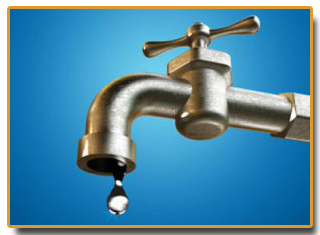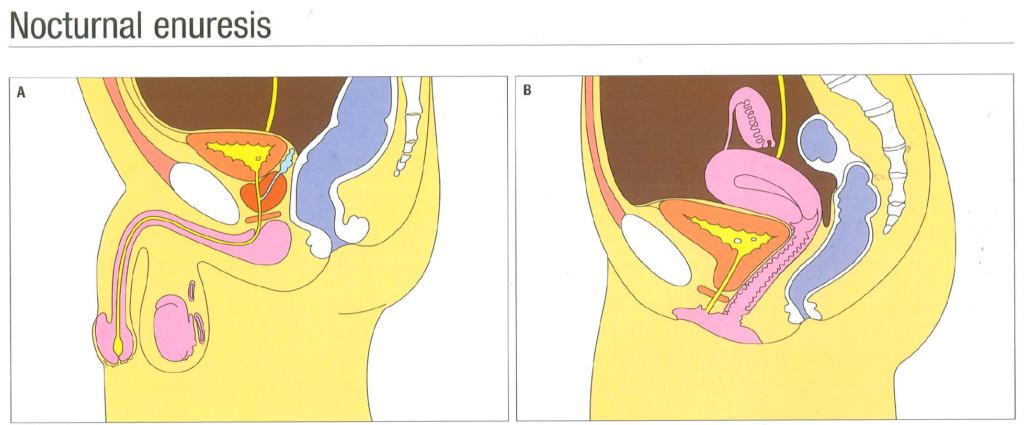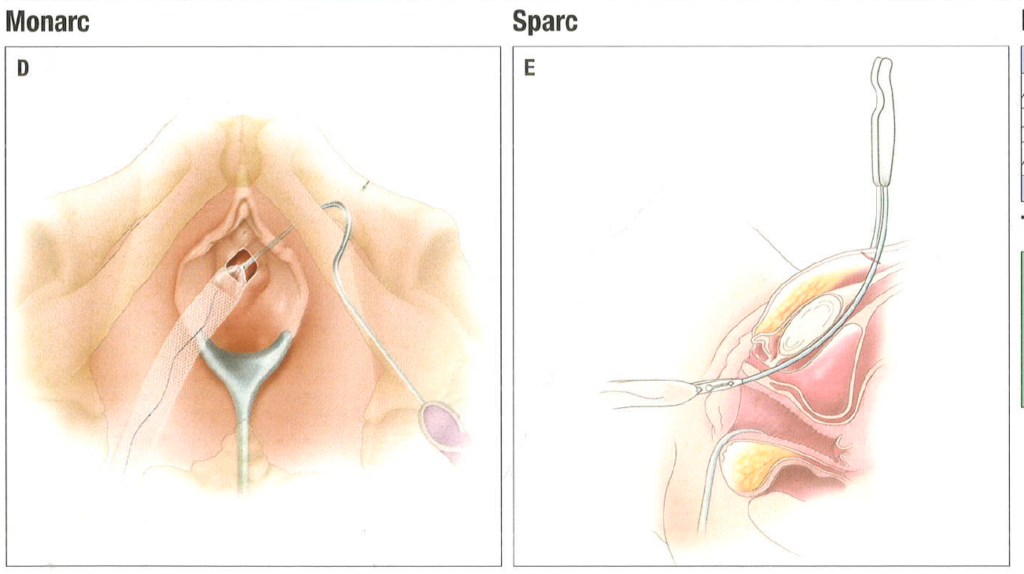
This is defined as leakage associated with activity. This type of incontinence in men usually occurs after prostate surgery for cancer but occasionally may occur after other events such as injury, transurethral resection of the prostate (TURP) etc.
Leakage then occurs when the patient sneeze, cough, laugh, etc. If a man is diagnosed with stress incontinence, various successful treatments are available. In women, this condition is easily treated with a tape procedure.
Urge Incontinence
This condition is characterized by leakage of urine associated with sudden uncontrollable urge to pass urine. In this condition the patient gets an irrepressible urgency to urinate and inability to control the flow. Patients can also get urgency without incontinence. Variety of causes include: infection, prostatic obstruction, over activity of the bladder, stroke and others. Occasionally, urgency or urge incontinence can be the sign of a more sinister condition such as bladder cancer.
Urgency and urge incontinence need to be evaluated by a physician along with an analysis of the urine, and if needed urodynamics. Treatment depends on the cause and needs to be tailored to the patients’ need using a variety of methods includes medications, bladder drill and intravesical botox injection.
Overflow Incontinence
This is typically a constant leakage that occurs when a patient is unable to efficiently empty their bladder. Urine builds up and “spills” out, like a reservoir spilling over a dam. This can be due to obstruction (such as prostate or scarring in the urethra) and/or loss of bladder function or sensation. Treatments generally include catheters and/or surgery.



